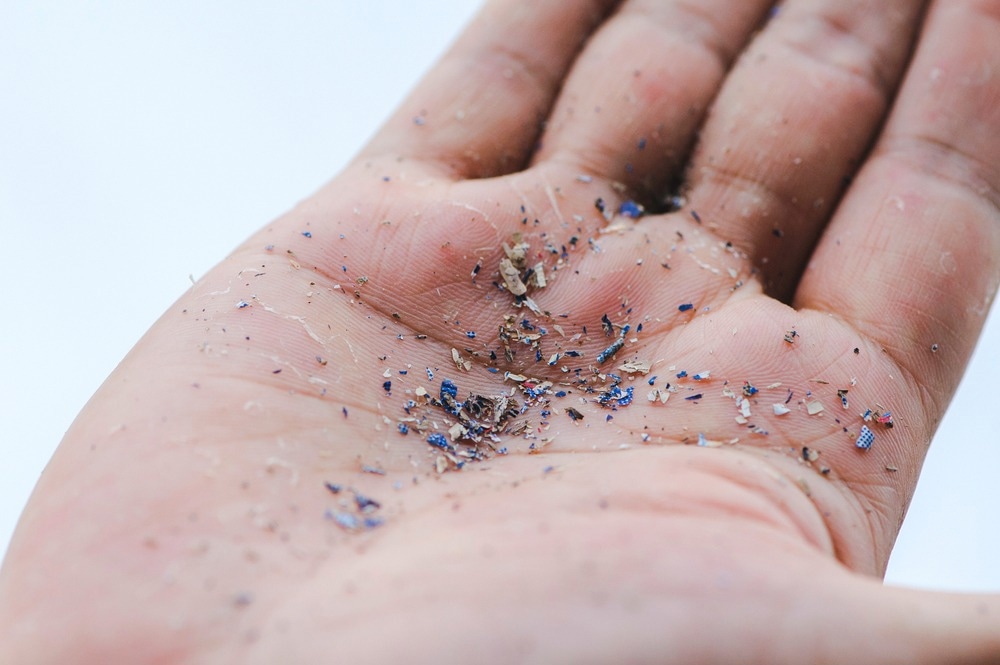Researchers guided by Prof. Qiaohui Fan of the Chinese Academy of Sciences’ (CAS) Northwest Institute of Eco-Environment and Resources (NIEER) and Prof. Yongming Luo of the CAS Institute of Soil Science thoroughly studied label-free microplastics identification in crop plants and stress response to microplastics in wheat seedlings.

Image Credit: Deemerwha studio/Shutterstock.com
On May 22nd, 2023, the research was published in the Journal of Hazardous Materials.
The majority of earlier investigations on the identification of microplastics in plants used fluorescent labeling. However, this approach has several drawbacks, such as false-positive fluorescent signals of microplastics caused by interference with background fluorescence of plant tissues and high detection limits.
As a result, novel microplastics detection techniques in plants are urgently needed to accomplish reliable detection and quantification of microplastics in plants.
The scientists discovered in this research that hyperspectral-enhanced dark field microscopy could be utilized accurately to detect label-free microplastics based on the spectral information of the polymer substance, as this method totally removes interference produced by the shed of microplastics markers.
The use of hyperspectral imaging equipment and a scanning electron microscope revealed that label-free polystyrene microplastics could travel from hydroponic solution to wheat roots, where they predominantly accumulated in the inner wall of the xylem element. These particles were then transferred to wheat seedling shoots.
High concentrations of microplastics were found to cause photosynthetic impairment and oxidative damage in wheat seedlings, but microplastic extracts had no influence on the growth and physiology of wheat seedlings.
Our findings shed light on the modes of microplastics interaction with plants and have implications for crops growing in fields microplastics contaminated.
Qiaohui Fan, Professor, Northwest Institute of Eco-Environment and Resources, Chinese Academy of Sciences
Journal Reference:
Li, R., et al. (2023). Visual tracking of label-free microplastics in wheat seedlings and their effects on crop growth and physiology. Journal of Hazardous Materials. doi.org/10.1016/j.jhazmat.2023.131675.